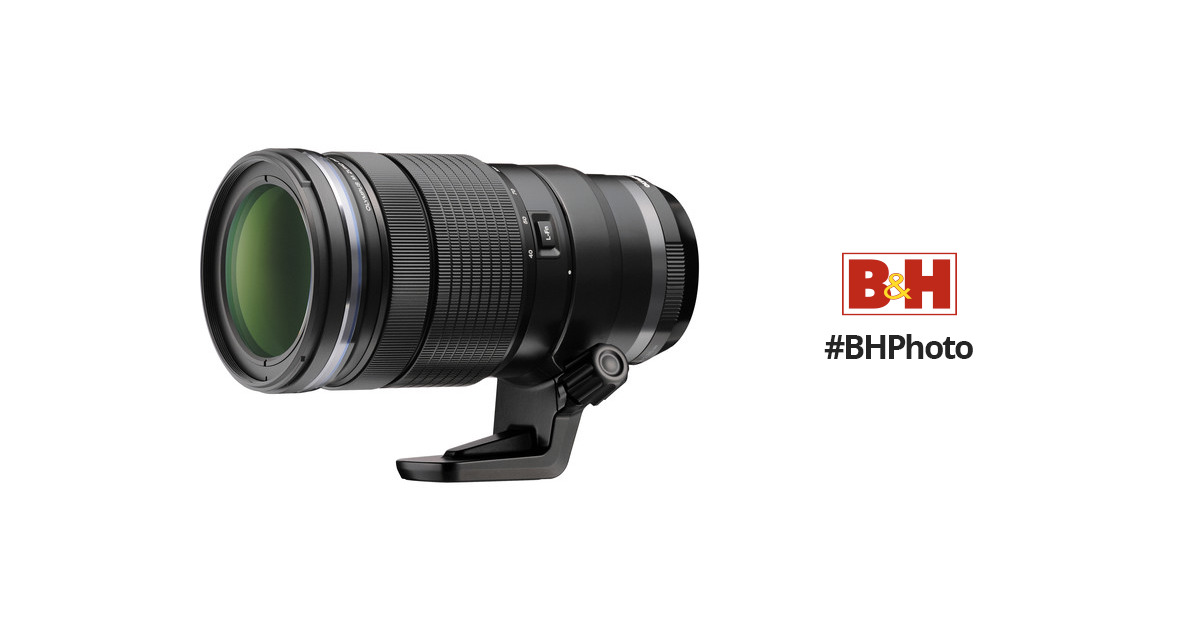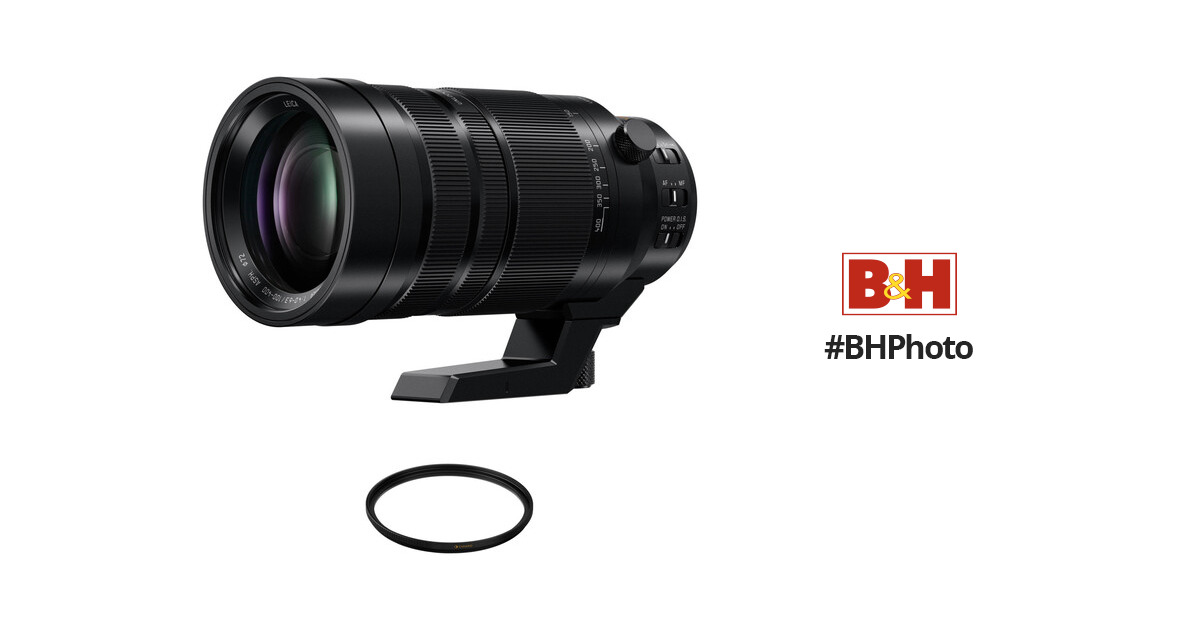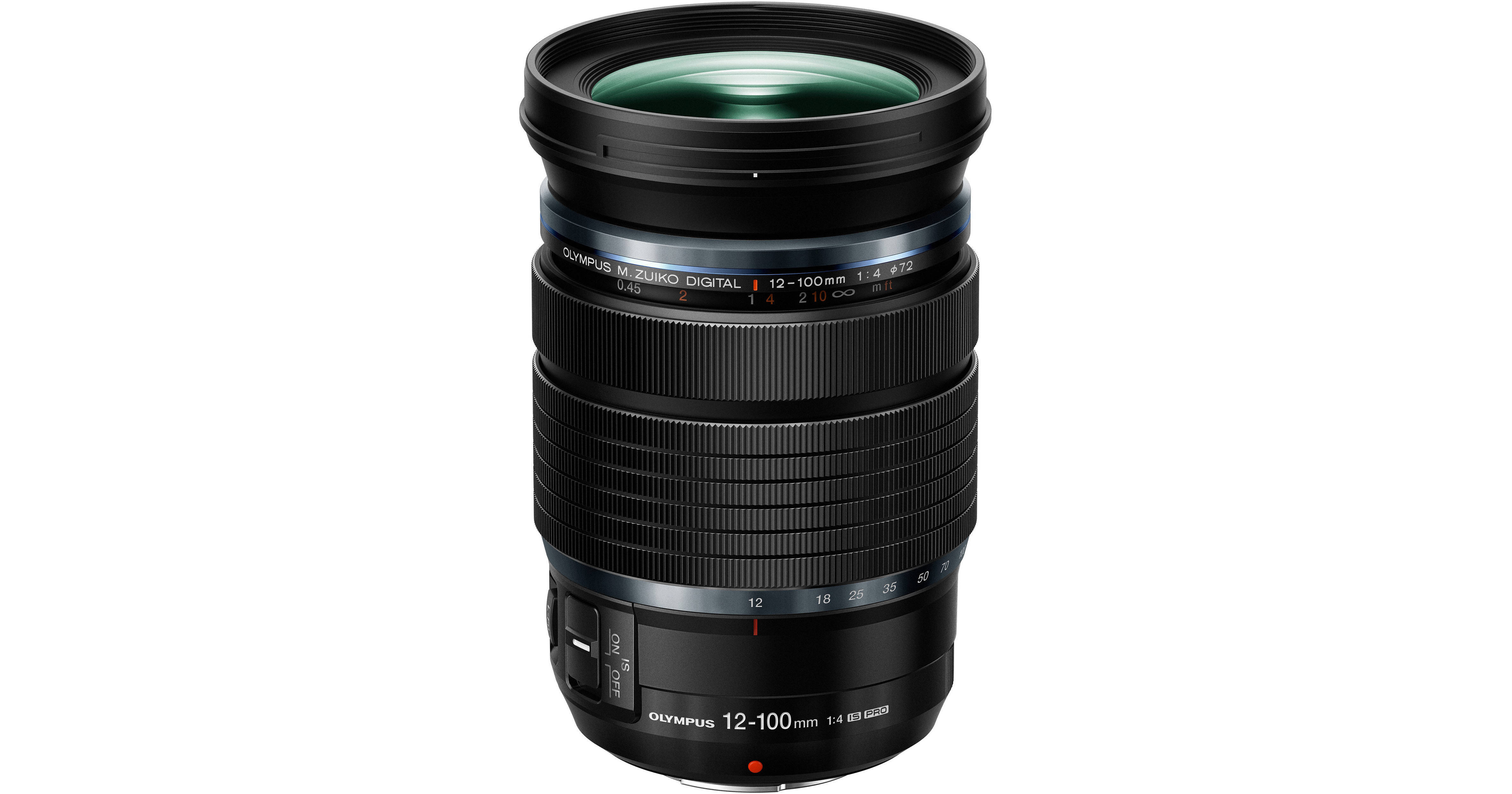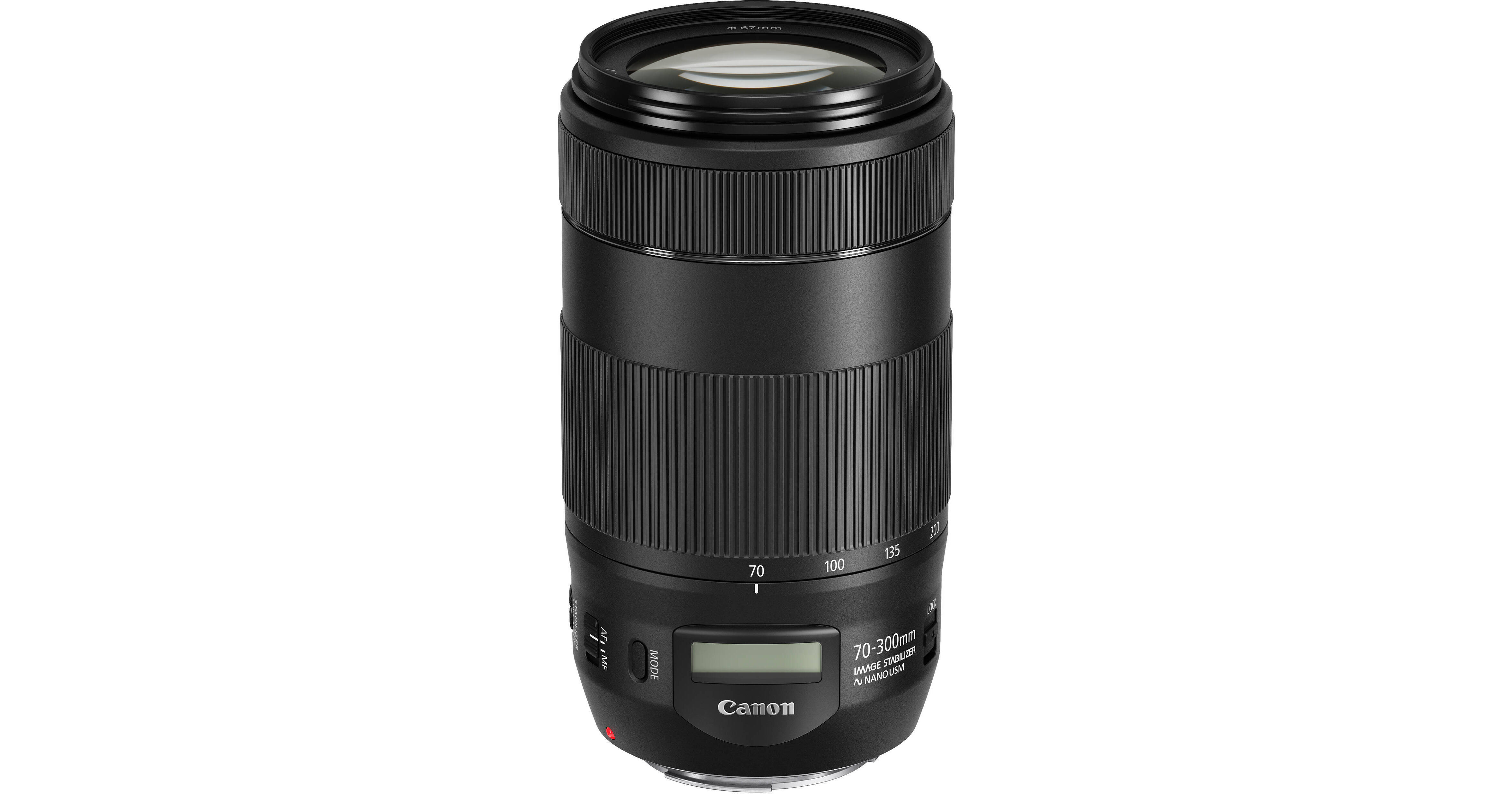Buy Olympus M.Zuiko Digital ED 40-150mm f/2.8 PRO Lens featuring Micro Four Thirds System, 80-300mm (35mm Equivalent), Aperture Range: f/2.8 to f/22, Three Aspherical and Four ED Elements, ZERO Lens Coating, Dual VCM AF System, Manual Focus Clutch, Programmable L-Fn Function Button, Removable...

www.bhphotovideo.com
Buy Panasonic Lumix G Vario 100-300mm f/4-5.6 II POWER O.I.S. Lens with Lens Care Kit featuring Micro Four Thirds System, 200-600mm (35mm Equivalent), Aperture Range: f/4 to f/22, One Extra-Low Dispersion Element, Linear Autofocus Motor, POWER Optical Image Stabilizer, Splash and Dustproof...

www.bhphotovideo.com
Buy Panasonic Leica DG Vario-Elmar 100-400mm f/4-6.3 ASPH. POWER O.I.S. Lens with UV Filter Kit featuring Micro Four Thirds System, 200-800mm (35mm Equivalent), Aperture Range: f/4 to f/22, 1 Aspherical ED, 1 UED & 2 ED Elements, High-Speed 240 fps AF, Focus Limiter, POWER O.I.S., Dual I.S...

www.bhphotovideo.com
Buy Olympus M.Zuiko Digital ED 12-100mm f/4 IS PRO Lens featuring Micro Four Thirds System, 24-200mm (35mm Equivalent), Aperture Range: f/4 to f/22, Aspherical and Low Dispersion Elements, ZERO Coating and Z Coating Nano, MSC AF System, Manual Focus Clutch, Optical Image Stabilization, Sync IS...

www.bhphotovideo.com
There are plenty more, and they're all significantly lighter than their closest full frame counterparts. I'd also encourage you to do some side by side comparisons of MFT and cell phone pictures, because it seems you don't really know what you're talking about. Here, I'll even get you started on your new
learning experience.
Thanks for pointing those lenses out. I do wonder though how unique they'll actually be in the long term.
The 40-150 mm already has an equivalent that's 40 g lighter at only 710 g (although on an R, with the 110 g adapter it would actually be 70 g heavier):
Buy Canon EF 70-300mm f/4-5.6 IS II USM Lens featuring EF-Mount/Full-Frame Format, Aperture Range: f/4 to f/45, One Ultra Low Dispersion Element, NANO USM Autofocus System, Optical Image Stabilizer, Lens Information Display, Full-Time Manual Focus, Rounded 9-Blade Diaphragm. Review Canon null

www.bhphotovideo.com
There are no equivalents for the zooms yet, but since we now know Canon is willing to push into the realm of slow aperture telephotos, that may well change in the near future.
As for the 12-100, that looks really versatile considering the weight. The closest choice would be the also quite new super zoom:
190 g heavier at 750 g. But also far less expensive and with greater range and light gathering ability, so it is an apples to oranges comparison.
Any way, I don't think we disagree on how smartphones compare to ILC and MFT specifically. I know what type of quality you get from crop sensors. I never said smartphones deliver the same image quality. But lets make my position clear just to avoid further confusion: If you know what you're doing, you can get amazing pictures with MFT and will encounter many situations where a smartphone would limit you severely if you shoot a lot of different subject genres.
I think we agree here, right?
So, let me repeat my original point: a lot of people are content with their smartphones, as they value different things than us photo enthusiasts when it comes to the process and results of photographing. They don't put the same value as us on the ability to have greater control about the settings, change the lens to fit the situation at hand and get the overall better quality associated with gathering more light.
As Smartphones become more capable due to computational photography and more cameras, the number of these people increases. So those that buy dedicated cameras become fewer. We still agree, right?
So, we have people who see the pictures of ILC and don't see a sufficient difference for their personal shooting preferences to justify spending or carrying more than they do with their smartphone.
And then you have the people who are willing to spend and carry more. Among those, I think the group that is so concerned with size and weight that they consider MFT, but not so concerned that the stick with smartphones, is not the majority. So it's a niche. And you can absolutely survive as a company by serving a niche. Seems like Olympus didn't. Either they did not operate well enough, or the market has decided that despite being as great as they are, their cameras aren't great enough.





